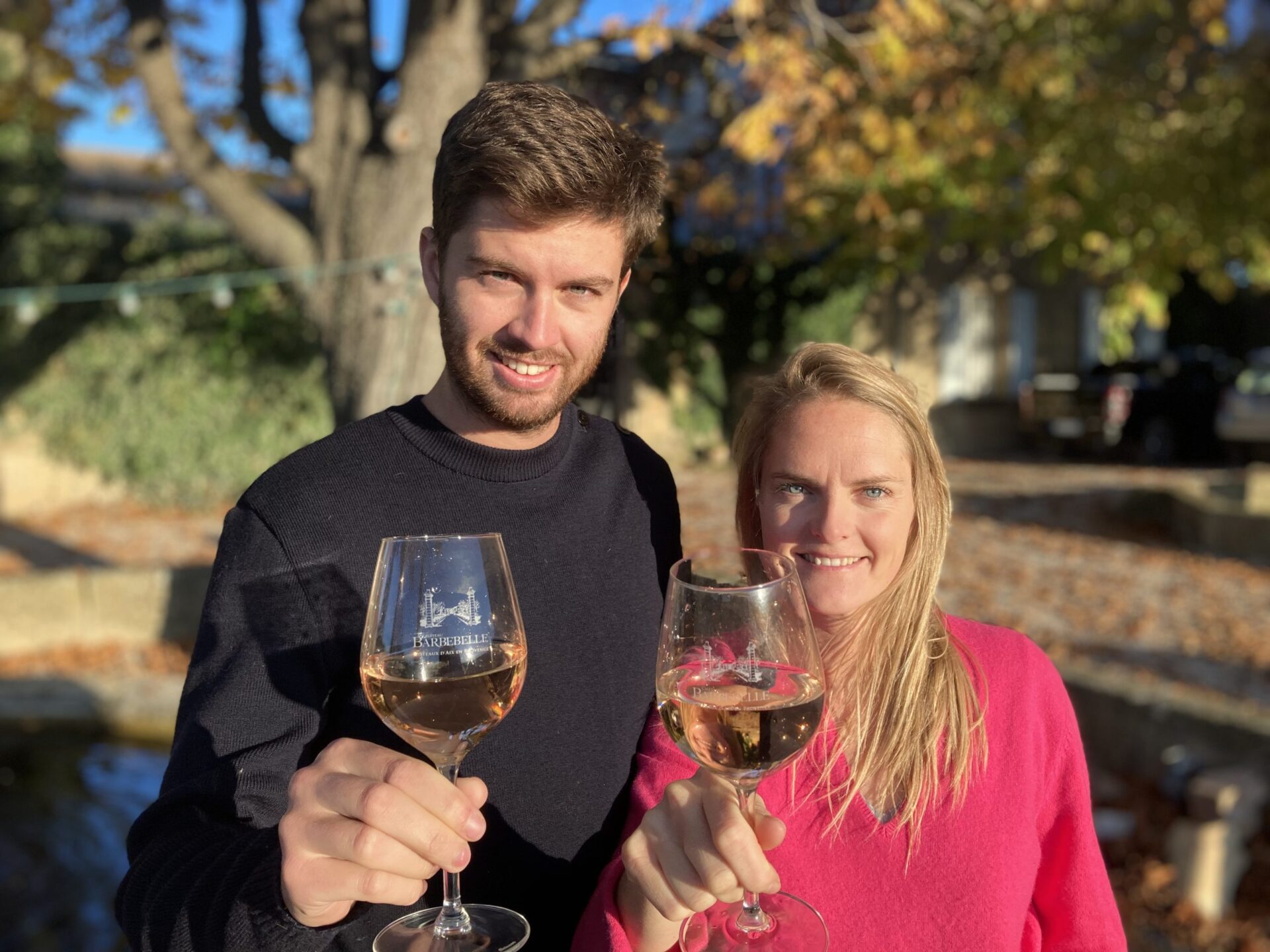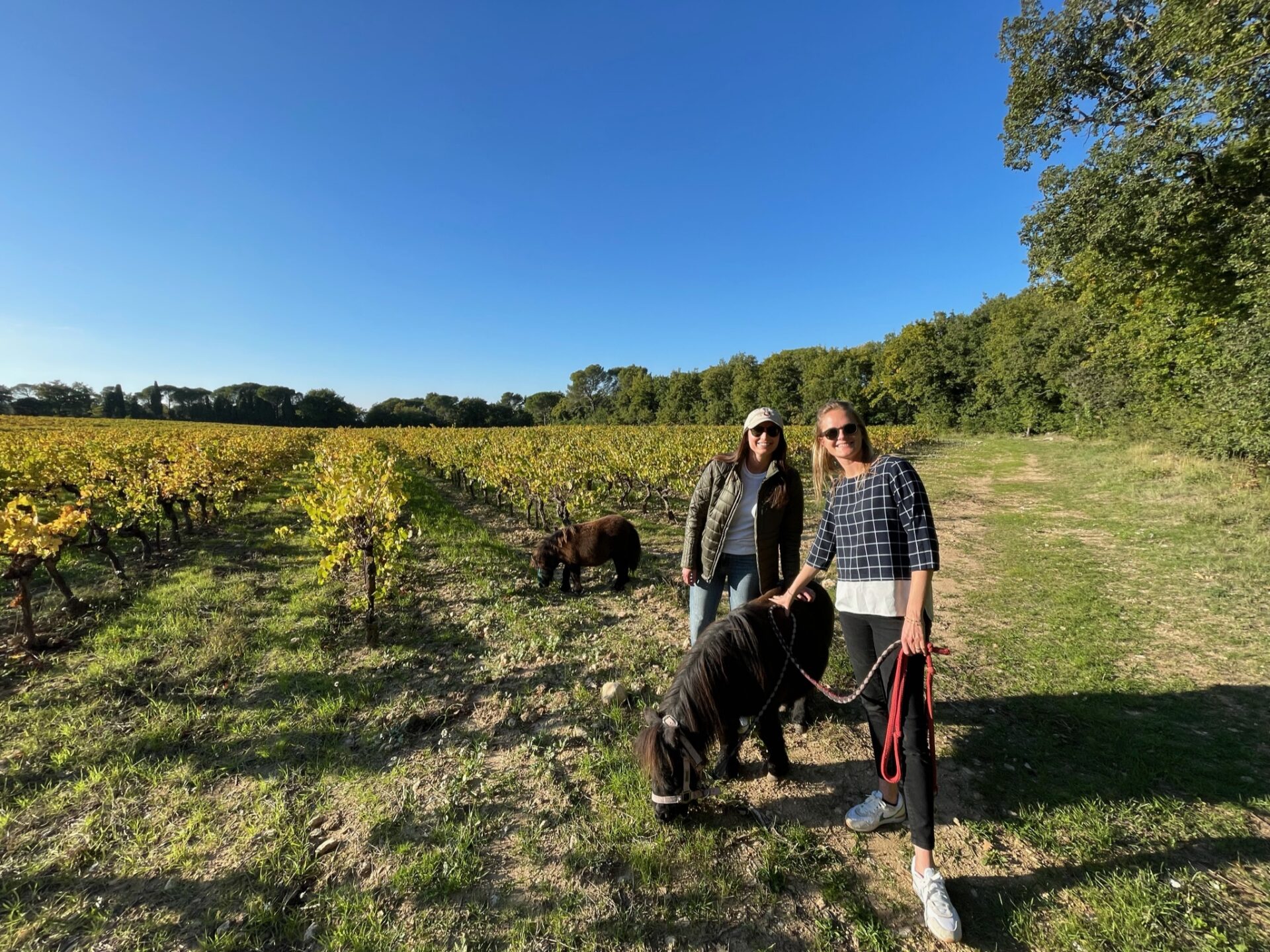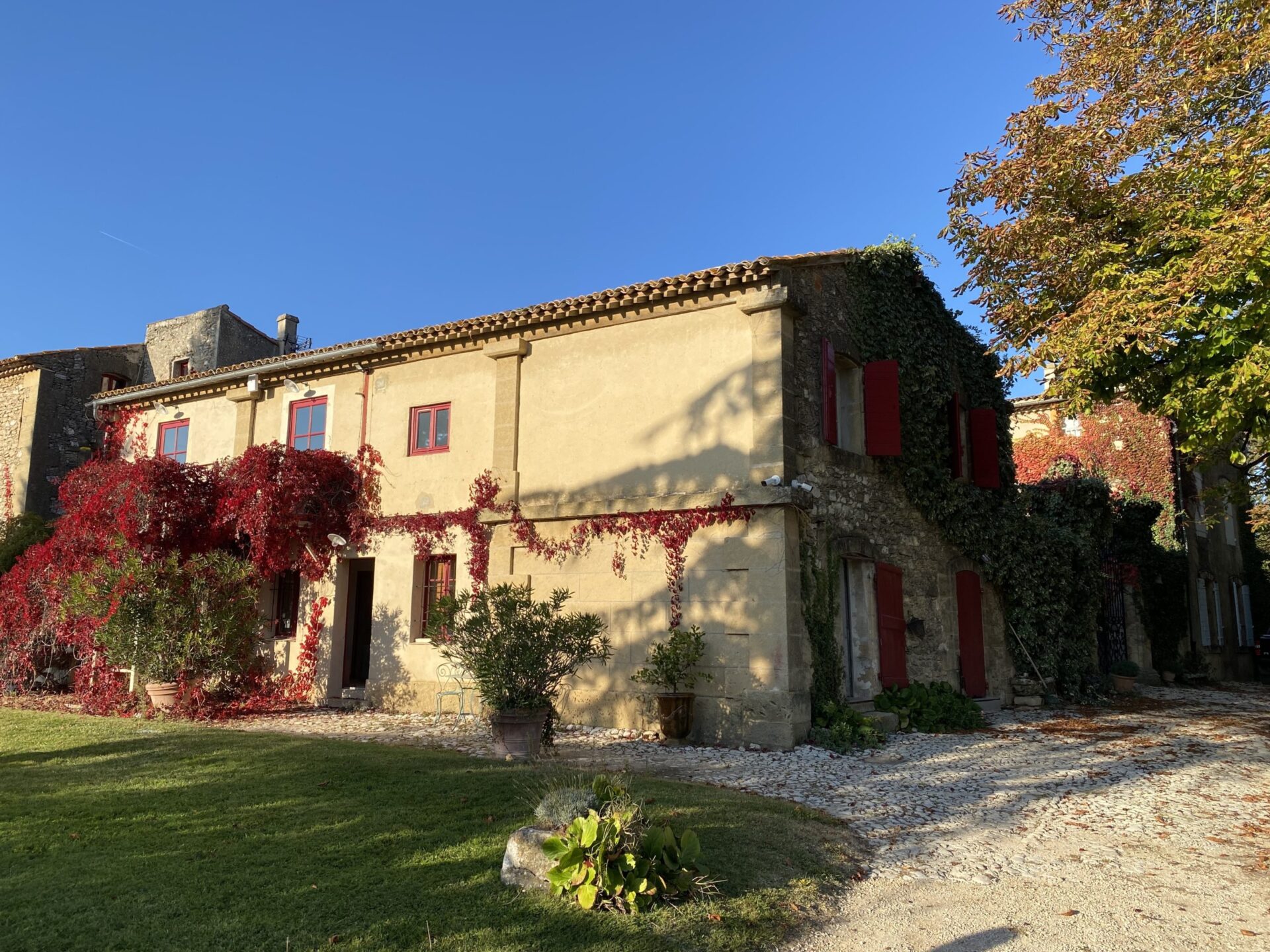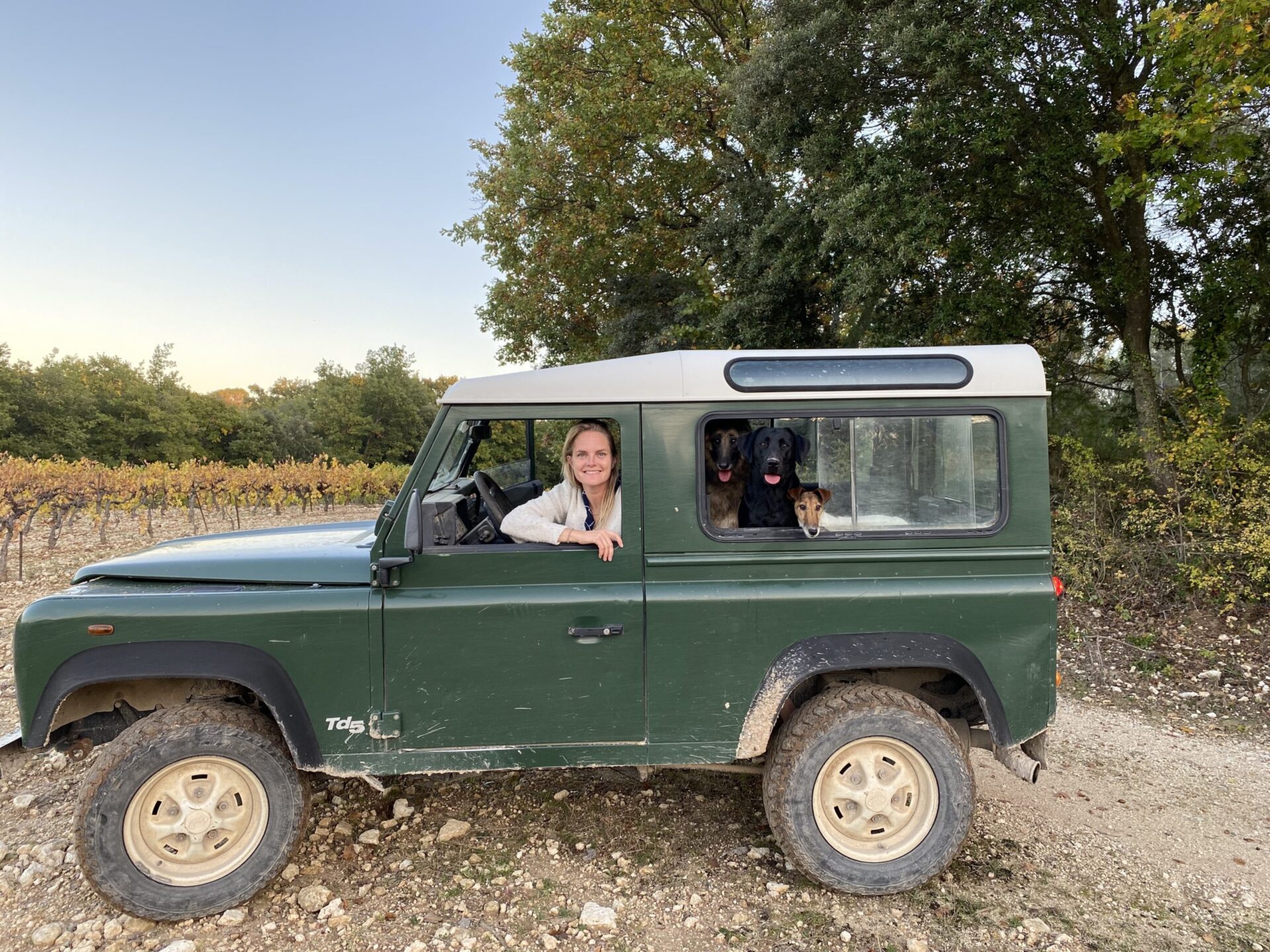2021 Chateau Barbebelle Aix-en-Provence ‘Cuvée Madeleine’ Rosé
With slightly richer flavors than the Fleurie Cuvée, this is the perfect wine to kick off your dinner party. This rosé is the perfect transition to take you from l’apéro on the patio to apéro dînatoire.
Organic and sustainable farming practices, woman-winemaker, and only 8,000 cases produced annually.
$25.00
Out of stock
Château Barbebelle is one of the oldest vineyards in Aix-en-Provence. Spearheaded by fourth-generation winemaker Madeleine Herbeau, alongside her oenologist husband Thomas Benard, the duo’s shared passion for quality, typicity, and precision in their wines are unparalleled. The pair owns and cultivates 45 hectares of vines that enjoy copious amounts of sunshine. At Château Barbelle, regional grape varieties are cultivated in clay-limestone soils on hilly slopes favorable to viticulture (and very representative of Provence). The rugged relief ensures good ventilation, and the average altitude of 370 meters provides cool, fresh nights even in the midst of summer. The dry mistral de Provence also makes it easy for Madeleine and Thomas to farm sustainably. Together, they make a great team and share the common goal of bringing high-quality, delicious wines that speak to the terroir of Aix-en-Provence.
To learn more, read our Meet the Maker: Madeleine Herbeau, Château Barbebelle
SO WHAT IS ROSE, ANYWAY?
Rosé is made when the skins of red grapes sit with the juice for a short period of time. The winemaker has complete control over how long or how short the grapes are in contact with the skins as it will ultimately determine the final color of the wine. Rosé wines can be made in an array of styles ranging from a more pale color with subtle characteristics to a deeper color with more intense flavors.
Any red grapes can technically be used to make rosé – but generally we see grapes like Grenache, Pinot Noir, Sangiovese, Syrah and other Rhone red grapes like Carignan, Cinsault and Mourvedre used more commonly for dry styles of rosé. Any Rosé wine can be produced in a sweet style by simply not fermenting all the sugar into alcohol, which can be common for bulk production. For sweet rosé think White Zinfandel, Pink Moscato, or White Merlot.
PROVENCE, FRANCE
Bordered by the Mediterranean, this picturesque region is known for kind hospitality, the smell of fresh lavender and herbs in the air, and fresh and delicate wines. Provence is primarily known for its production of rosé wine, which accounts for the vast majority of wine, although red wine is also made here. Provence rosé tends to be pale in color, light-bodied, dry, and aromas and flavors of elegant red fruits and herbs. With a resembling climate to its neighbor in the north, the Rhône Valley, Provence is using similar primary grape varietals in their production of both rosé and red wines. These include Mourvèdre, Syrah, Grenache, Cinsault, Carignan, and Cabernet Sauvignon. For white wine production, Ugni Blanc, Rolle, Sémillon, and Clairette take the lead for grapes. Provence is home to three main appellations including Côte de Provence, Coteaux d’Aix-en-Provence and Coteaux Varois en Provence. Côte de Provence being the largest appellation in the region encompasses the majority of wine production. Additionally, there are a few pockets of vineyards near the coastline that were given their own individual Appellation contrôlée, the most important is considered to be Bandol. Located to the east of Marseille, Bandol is putting out highly-regarded red wines traditionally using the Mourvèdre grape. These wines tend to be dark, full-bodied with powerful tannins allowing them to age for decades.










